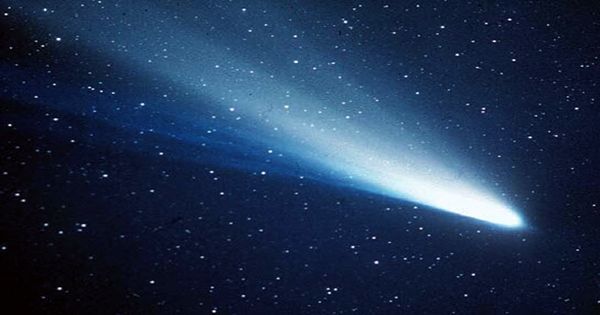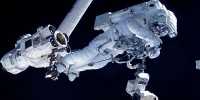A cruel incident happened last year. The European Space Agency’s solar orbiter flew with the tail of comet C / 0219 Y4 (Atlas), commonly known as Comet Atlas. This opportunity to cross provided unique insights into the fun tails. Discoveries of celestial bodies were presented at the 2021 National Astronomical Summit.
The magnetic field from the solar wind – the flow of charged particles emitted by the sun – is scattered around the comet nucleus which creates a weak magnetic field in the tail. This is extremely important. Comets usually have a bright and visible tail made of dust. As the comet approaches the Sun, the second tail that comes from the dust it emits often becomes unconscious and is known as the ion tail. Its formation is due to the interaction between the gas obtained from the comet and the particles of the solar wind.
To add more uniqueness to the event, when the solar orbiter collided with the space agency, the comet’s atlas was already shattered. It becomes about 30 pieces, the size of each house. The changes in the magnetic field from the solar wind across the tail of the solar orbiter are able to be measured in the tail of the comet and later in the solar wind. The solar orbiter is the sixth spacecraft to fly through the comet’s tail, but it is the first to work in Venus’ orbit. It is one of the few to conduct measurements directly from a fractured comet.
“This is quite a unique event and an exciting opportunity for us to study the makeup and structure of the comet’s tail in unprecedented detail,” Lorenzo Matteini, lead author of Solar Physics at Imperial College London, said in a statement. “Hopefully the Parker Solar Probe and Solar Orbiter are now orbiting the Sun more than ever before, and these events may become even more common in the future!” The Solar Orbiter and NASA’s Parker Solar Probe are orbiting the Sun in a variety of different, but complementary observations, including the closest data from our stars and the first observations of the Sun’s Polar Regions.















